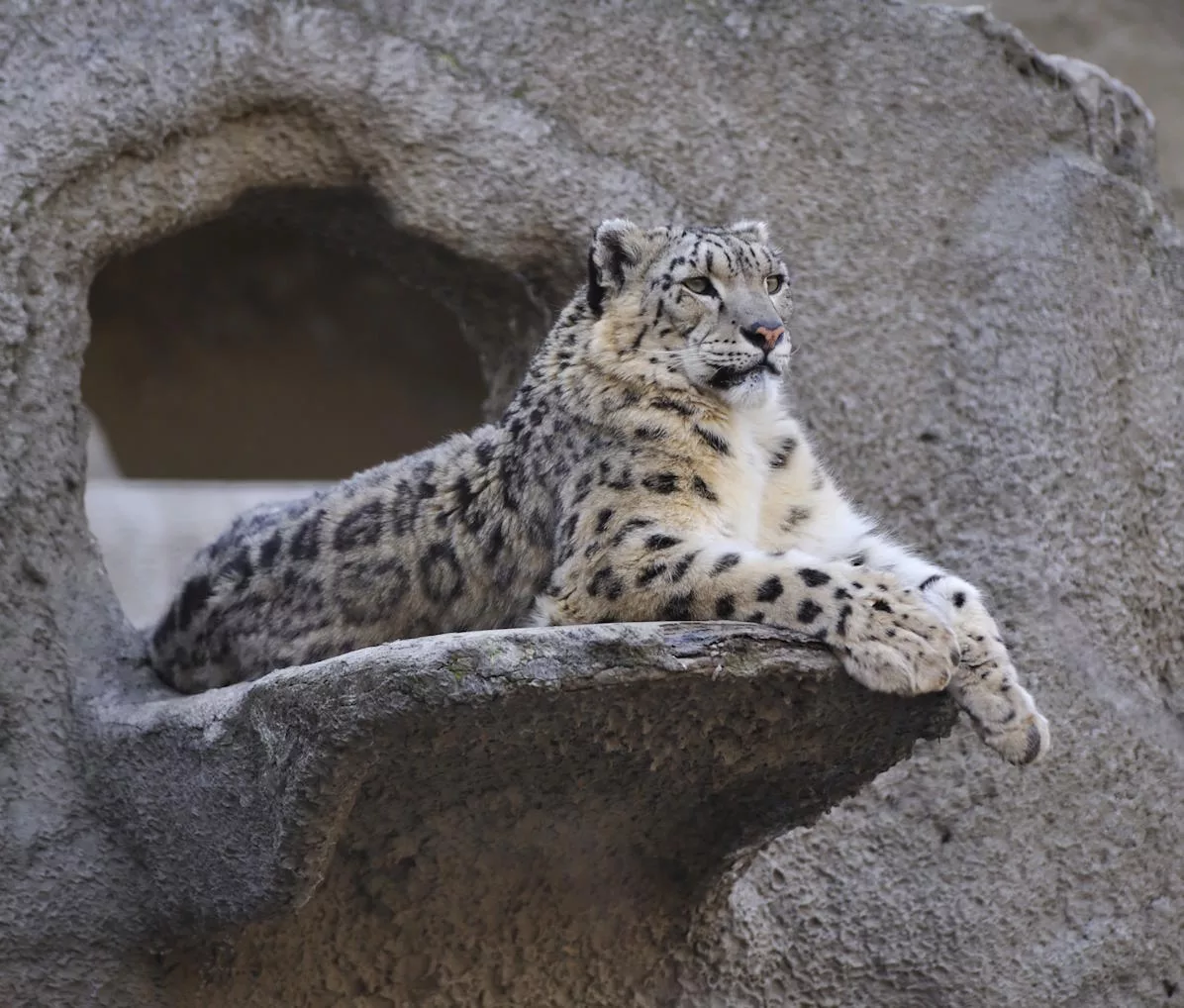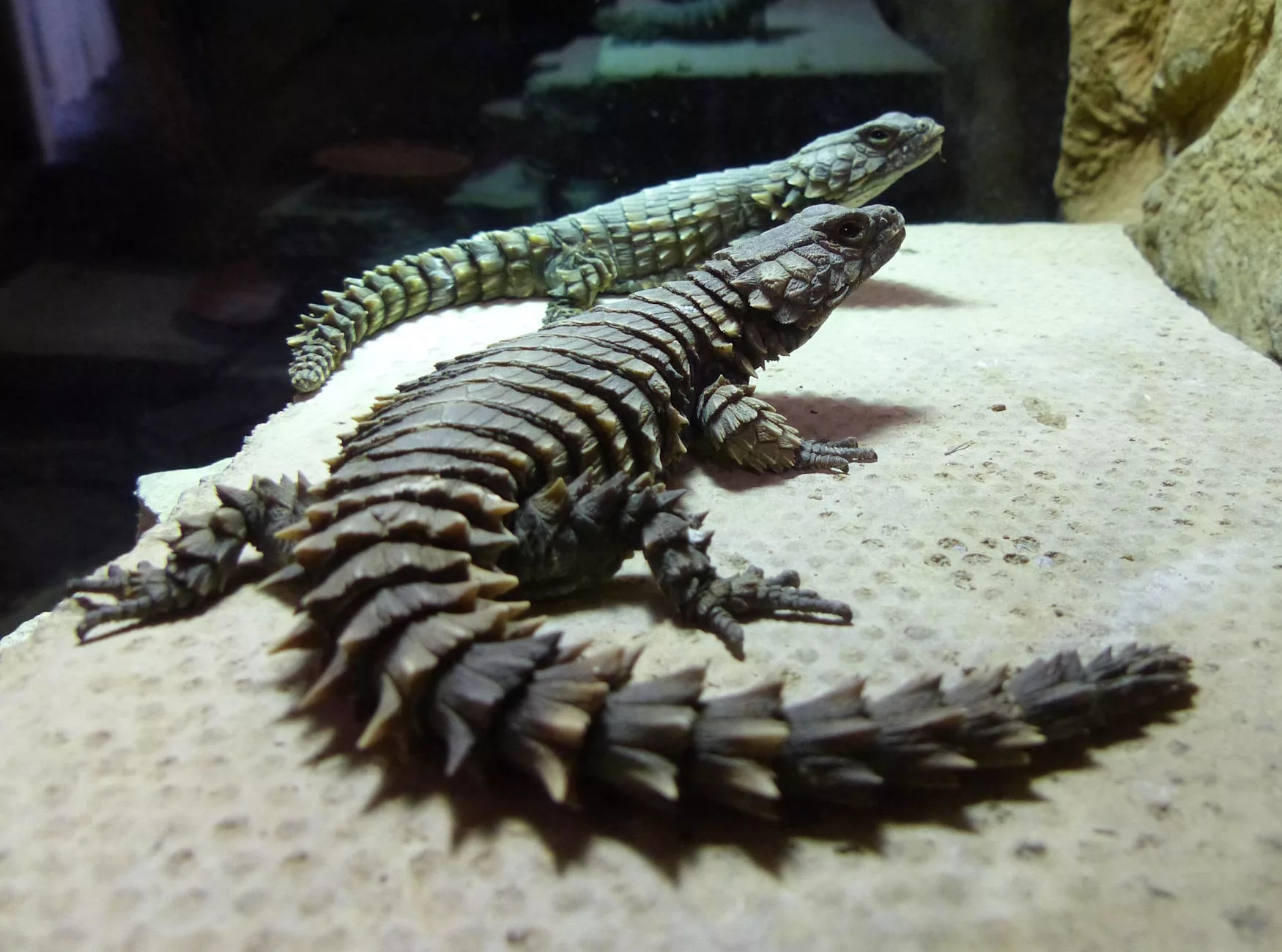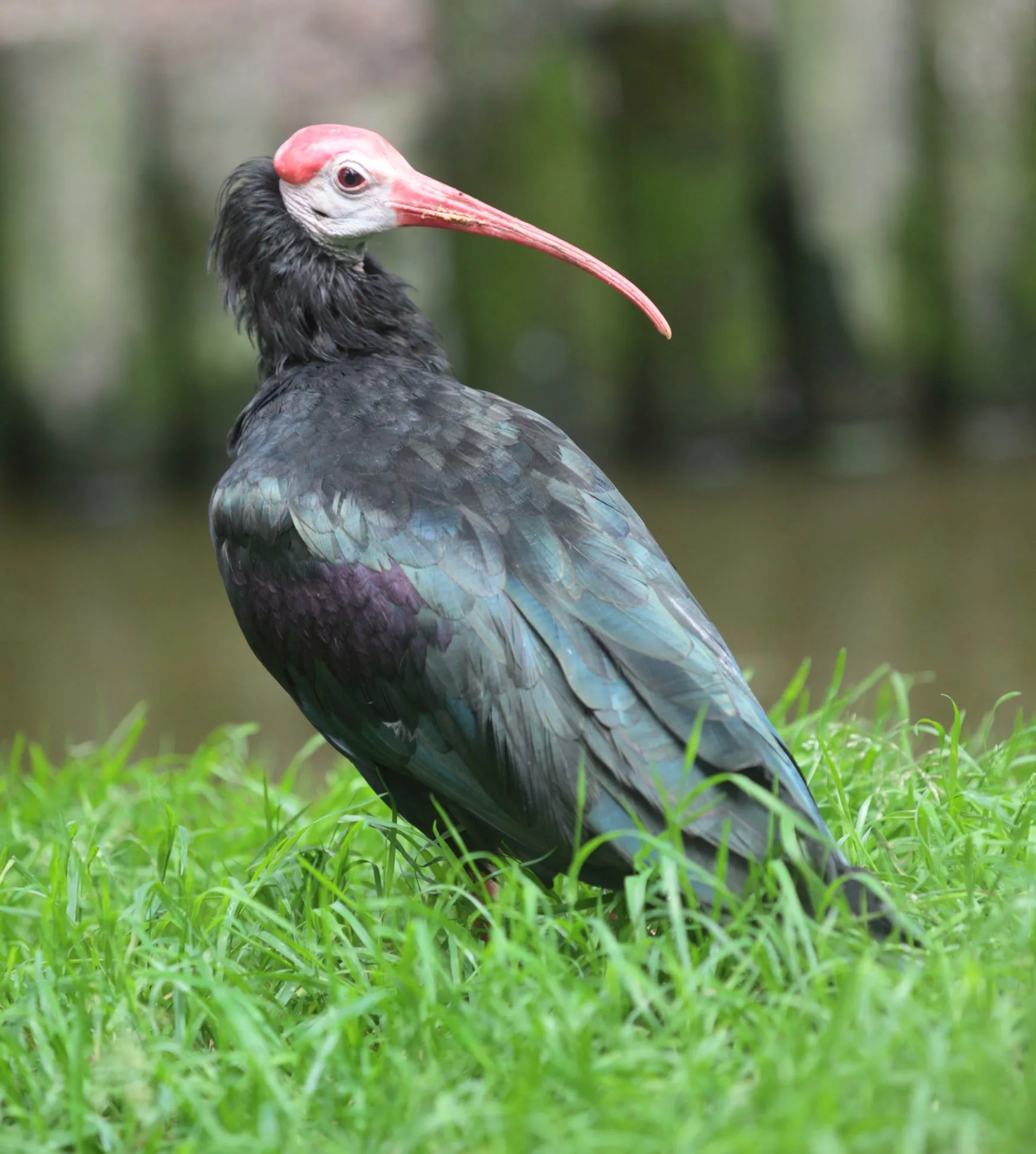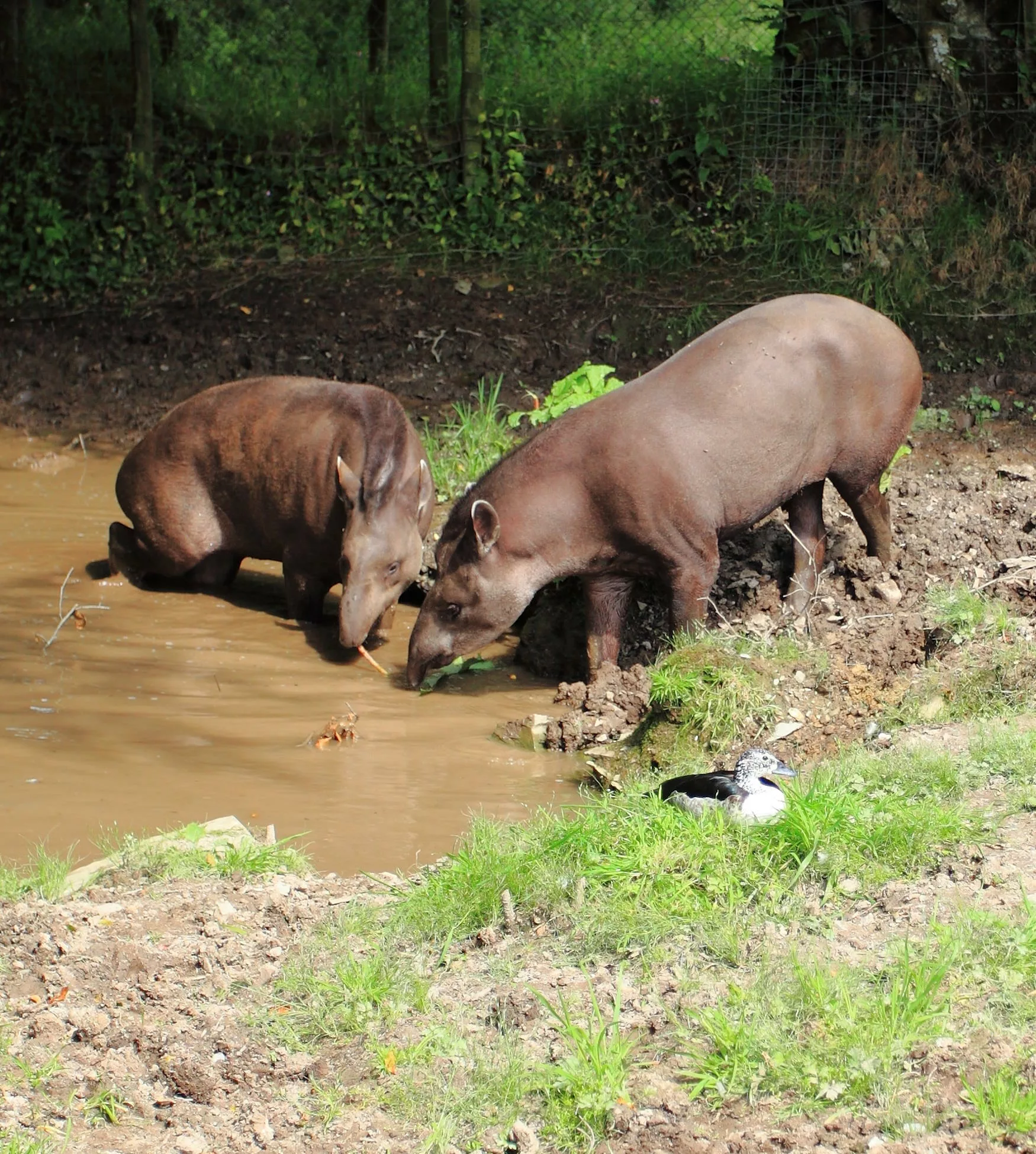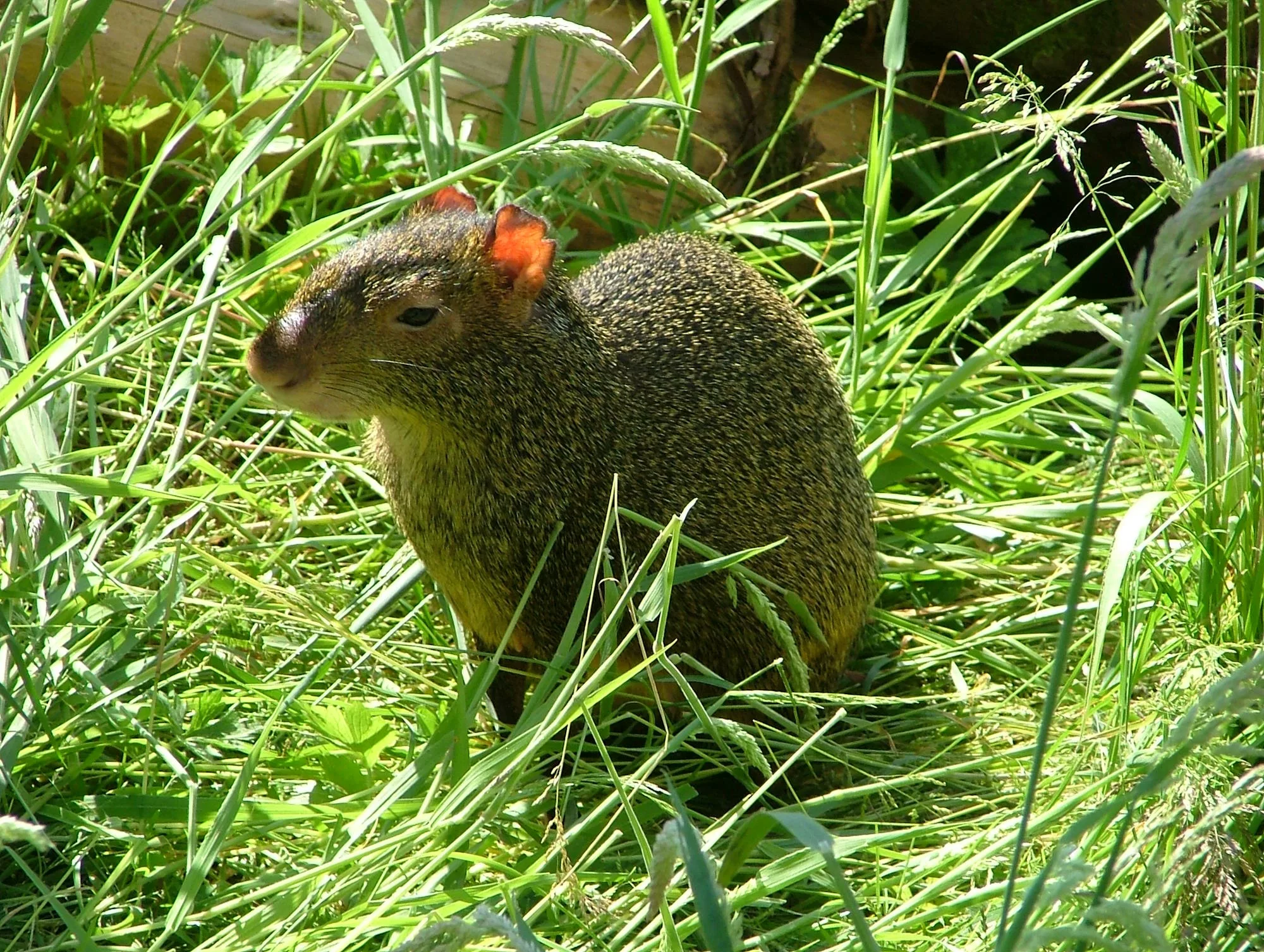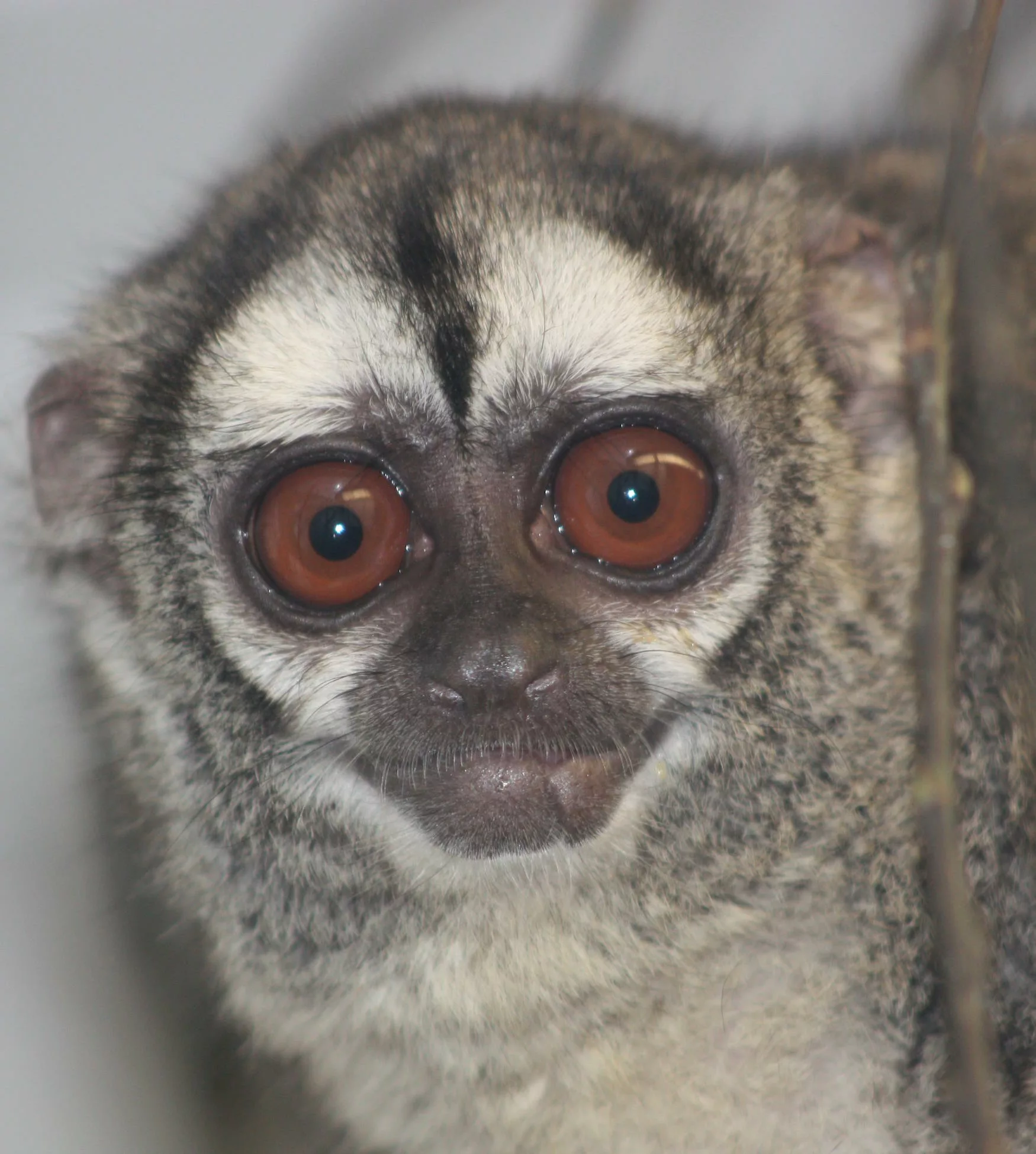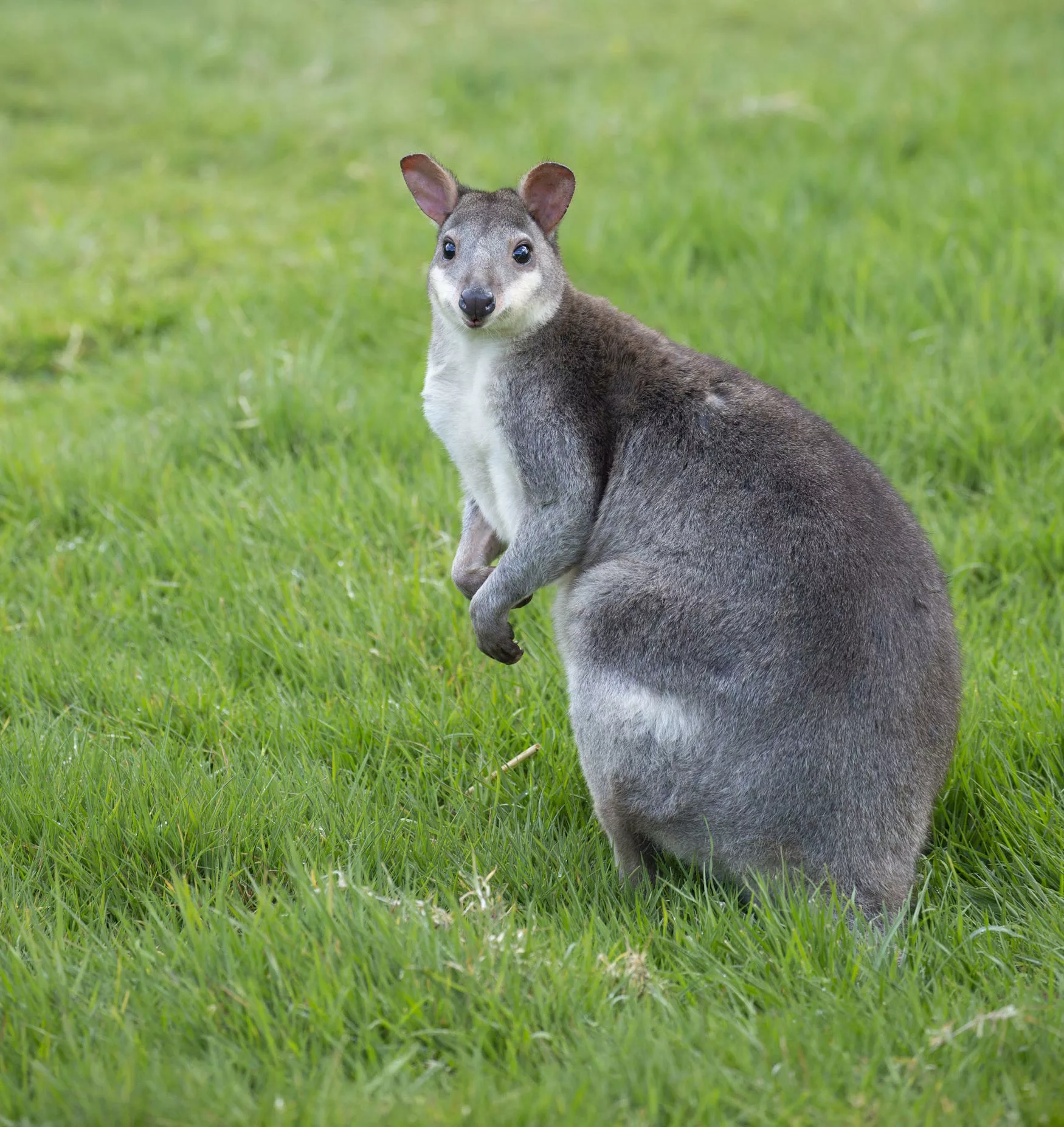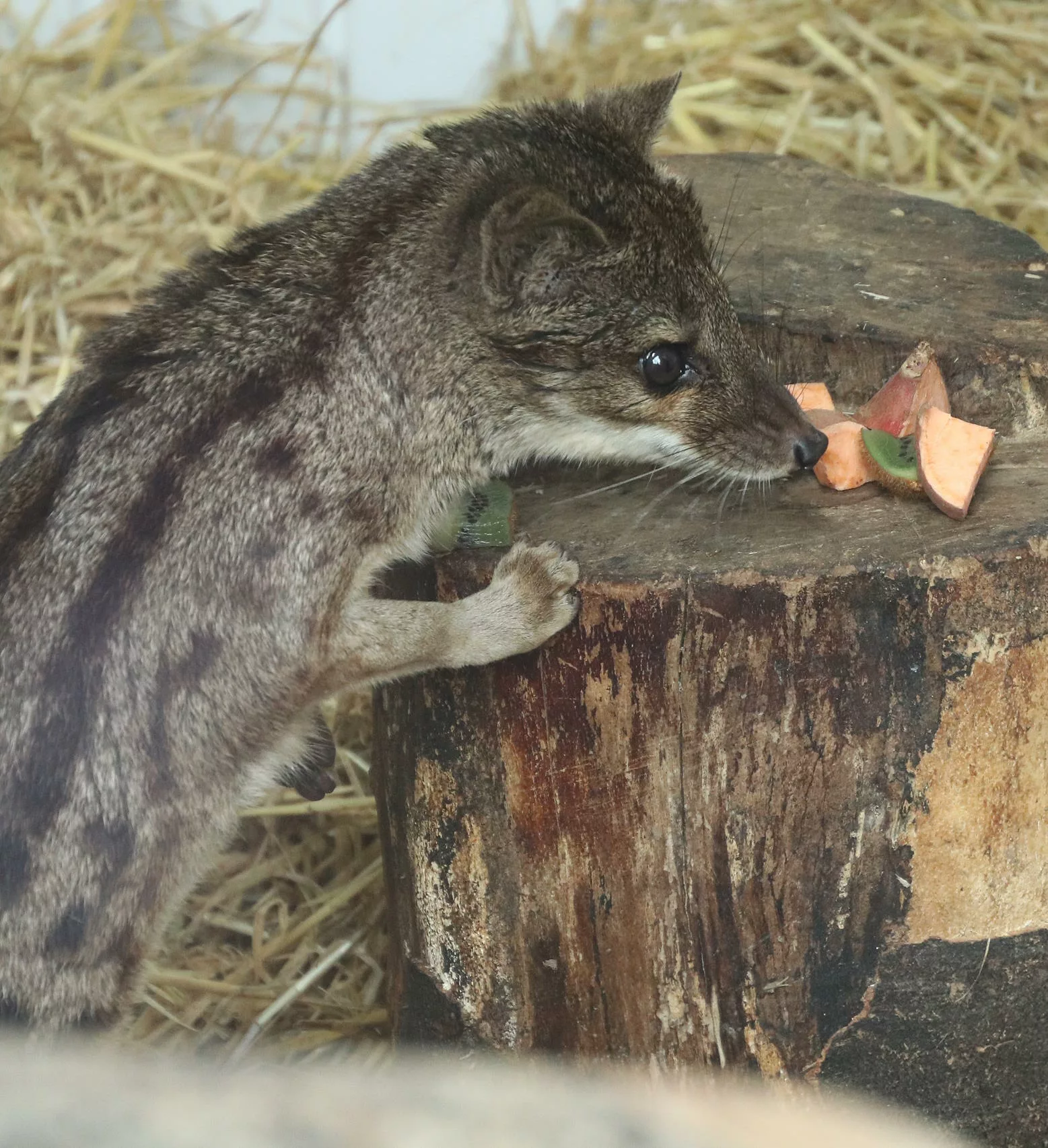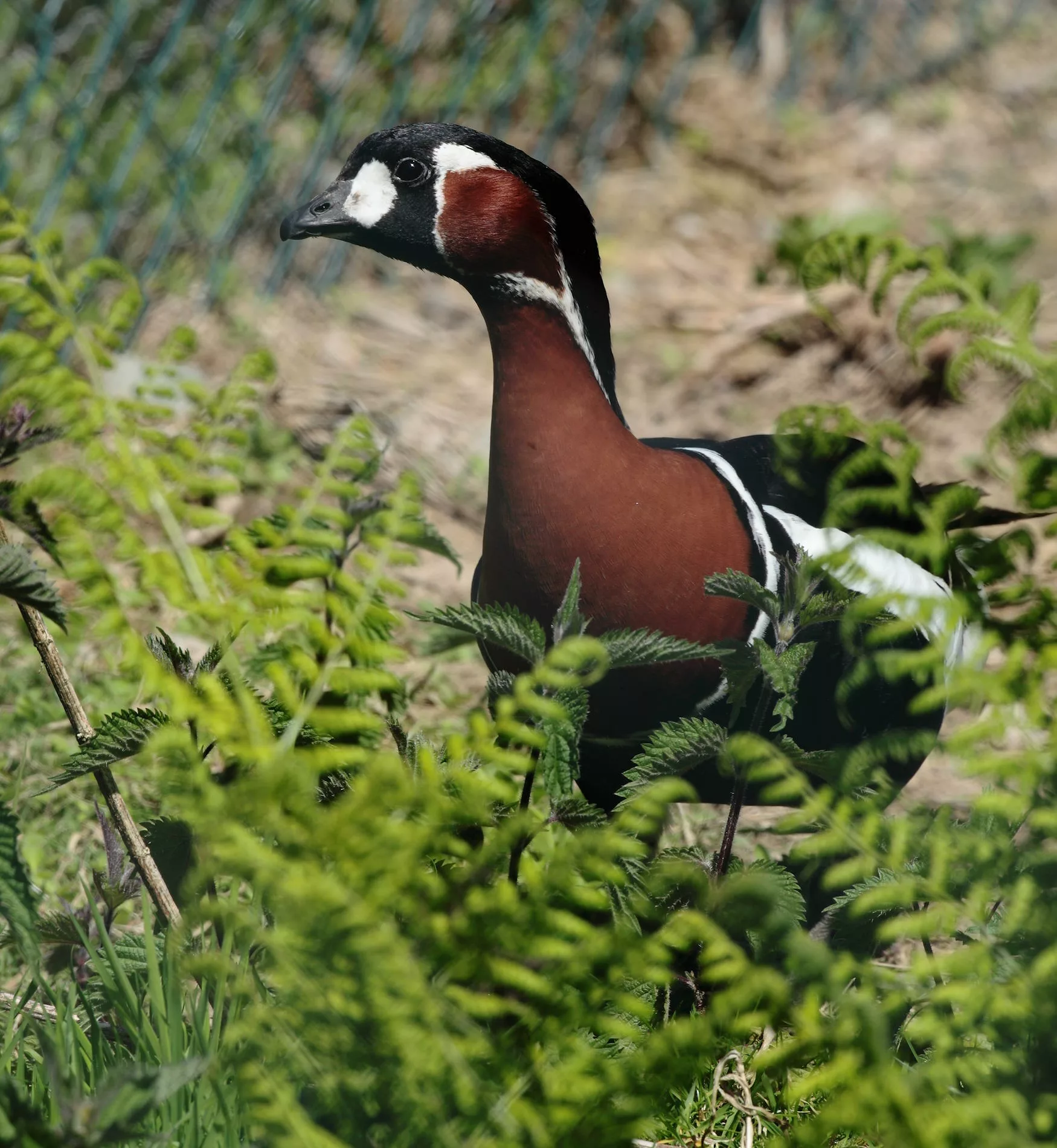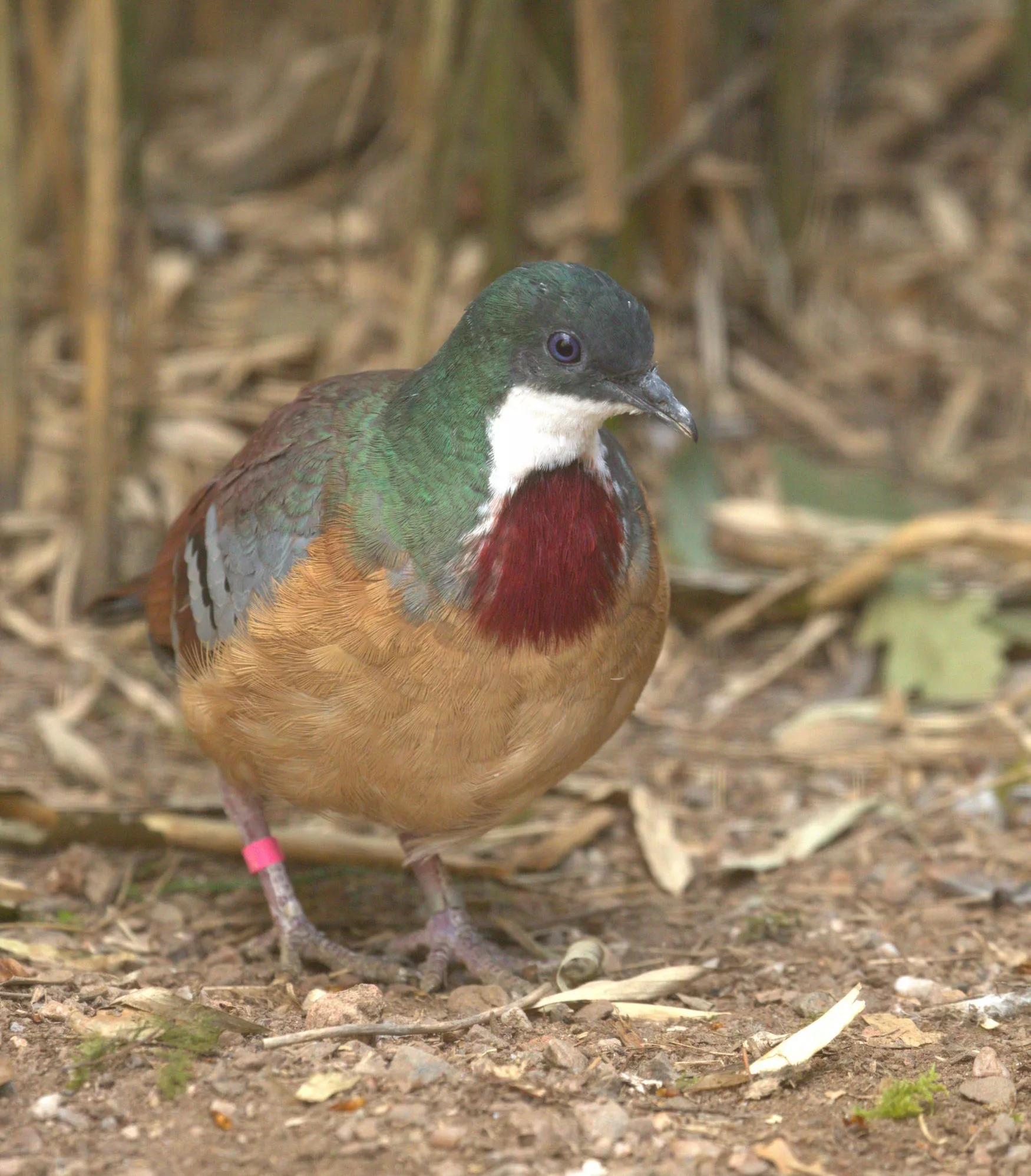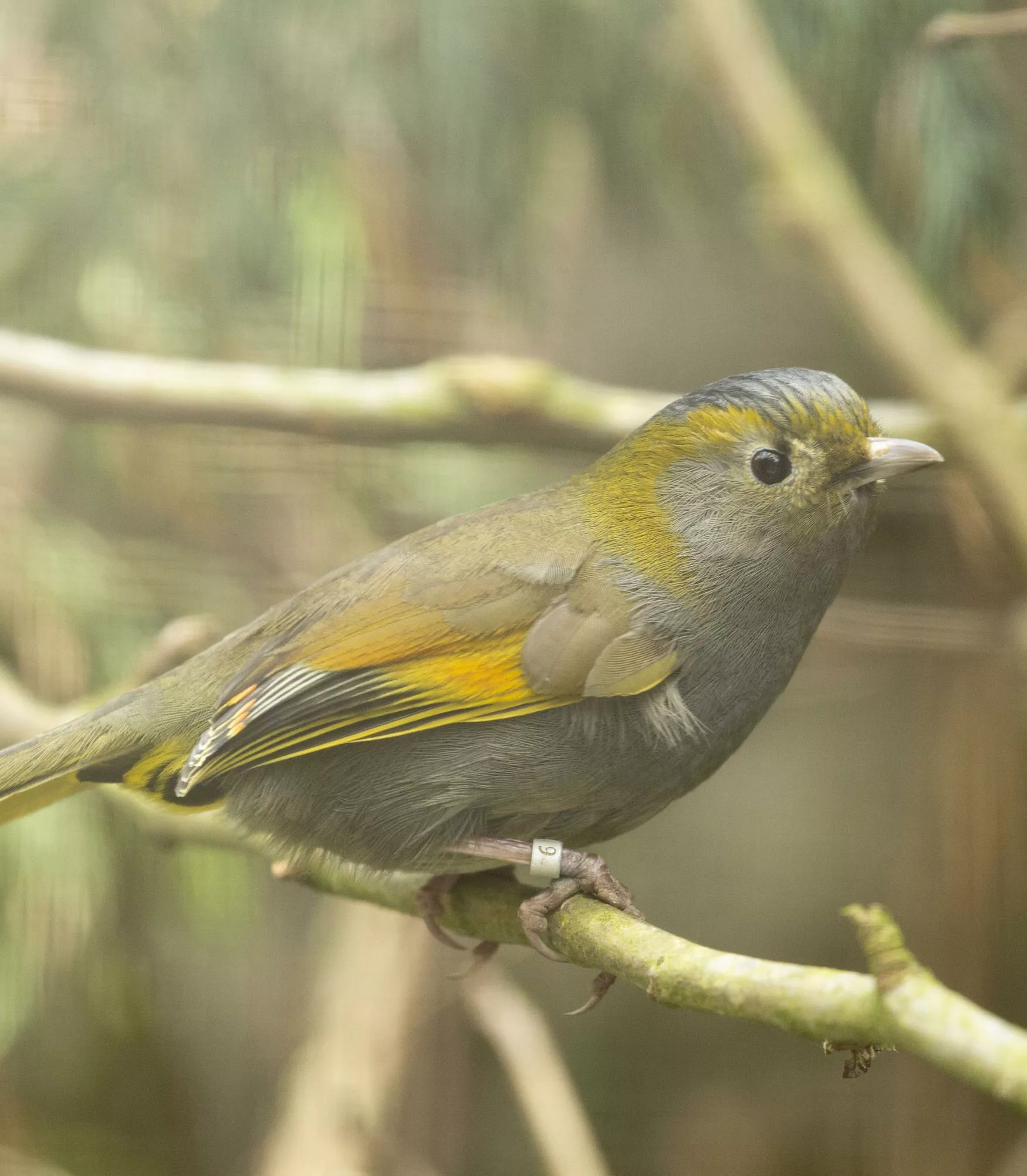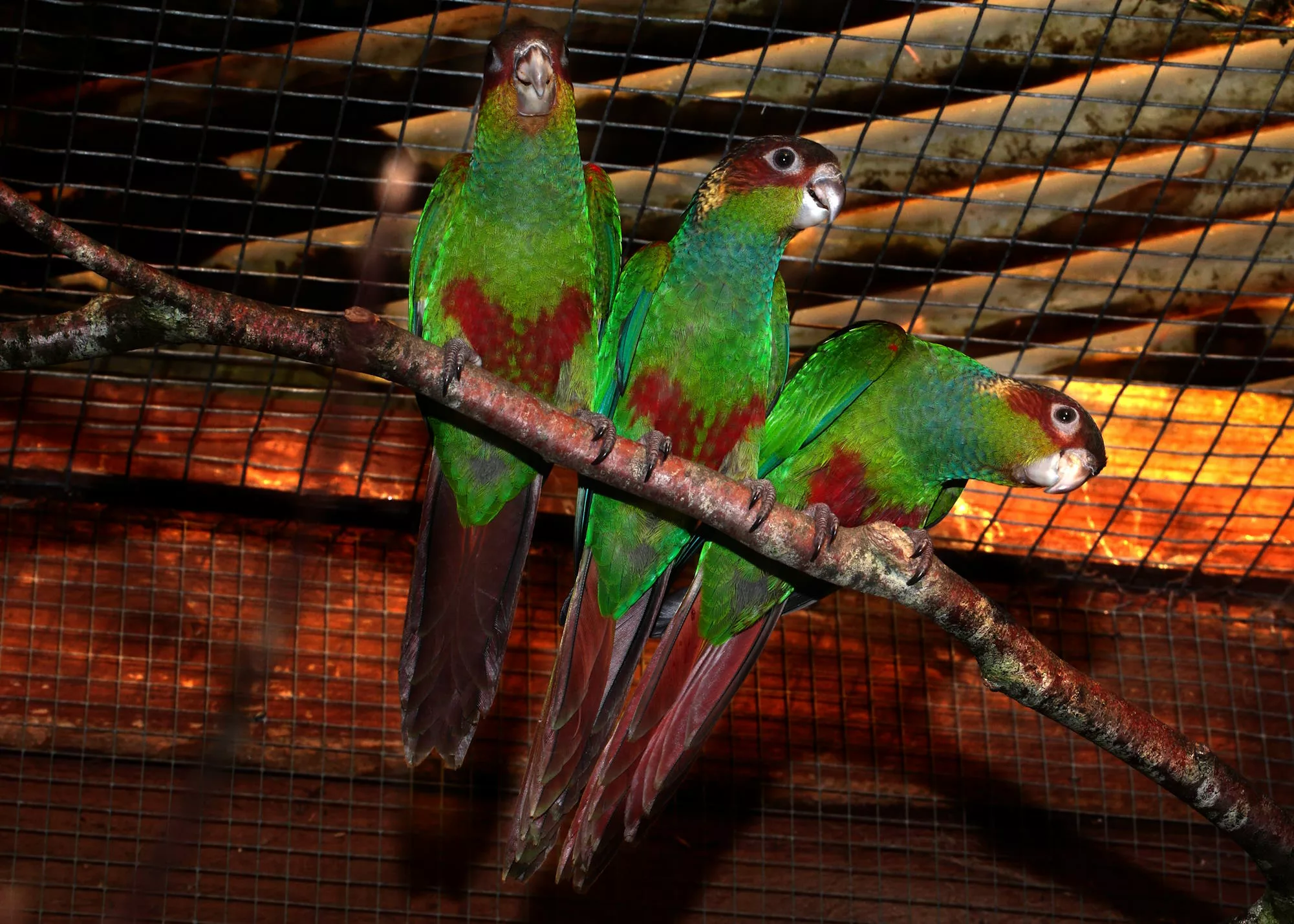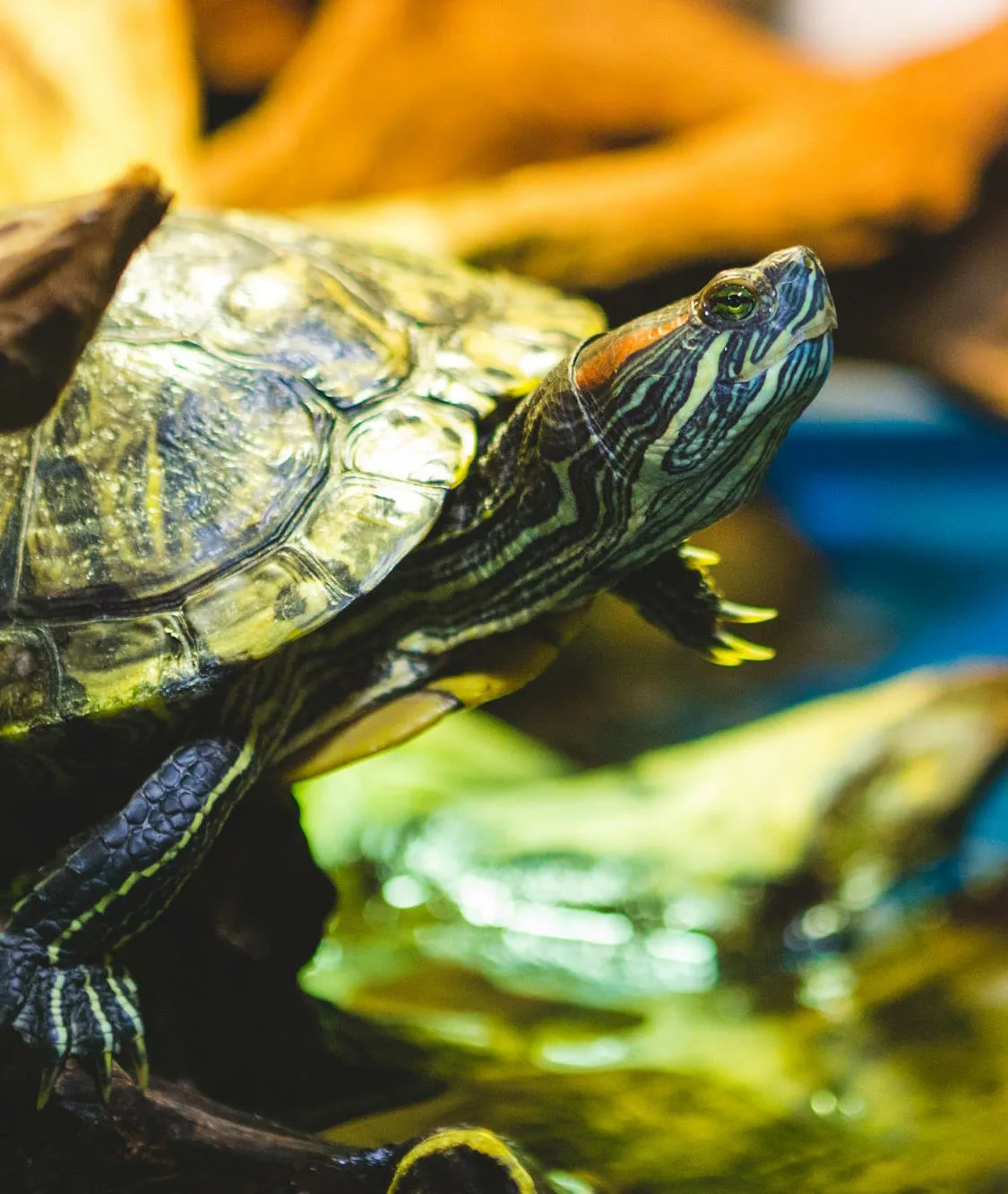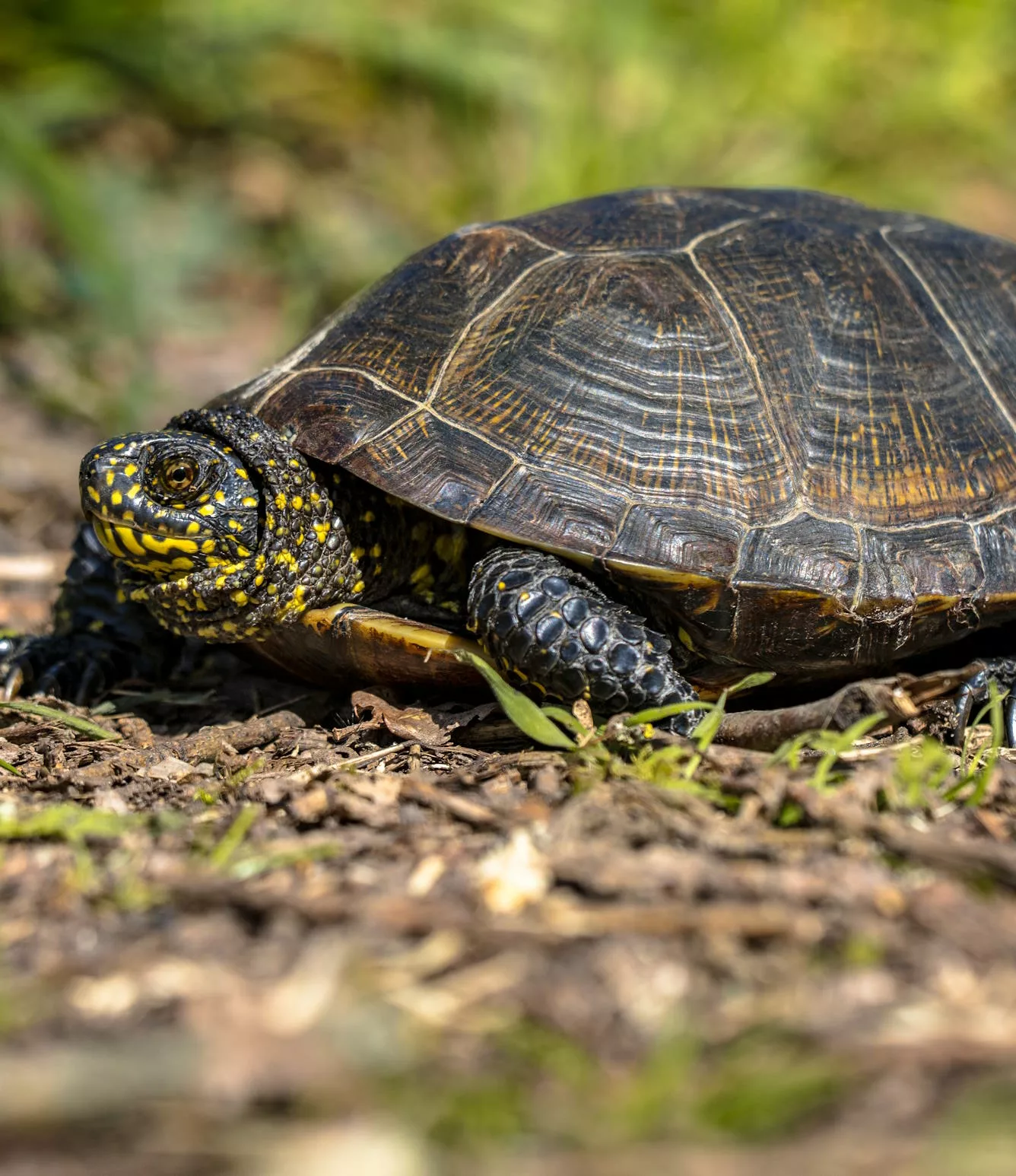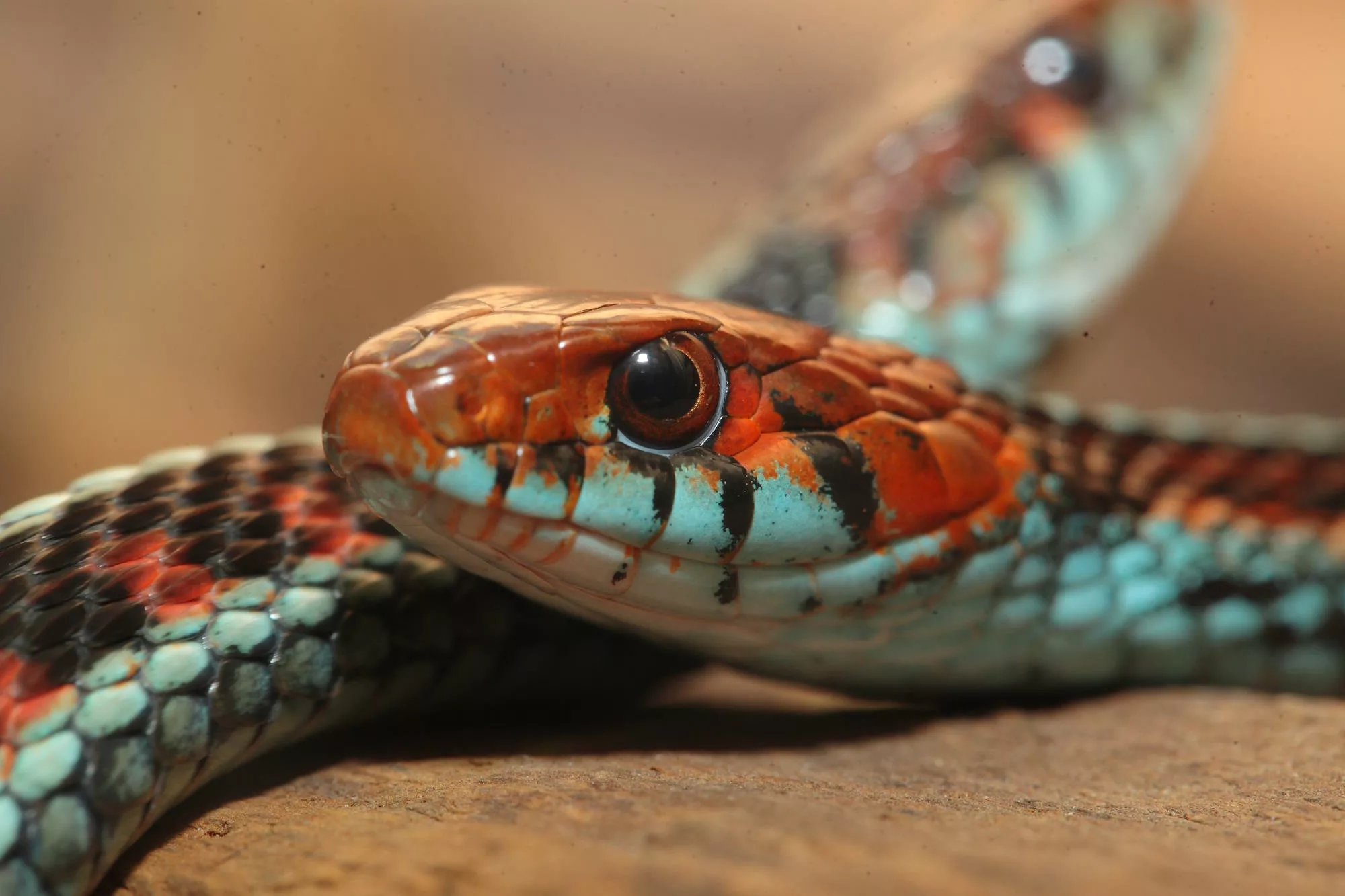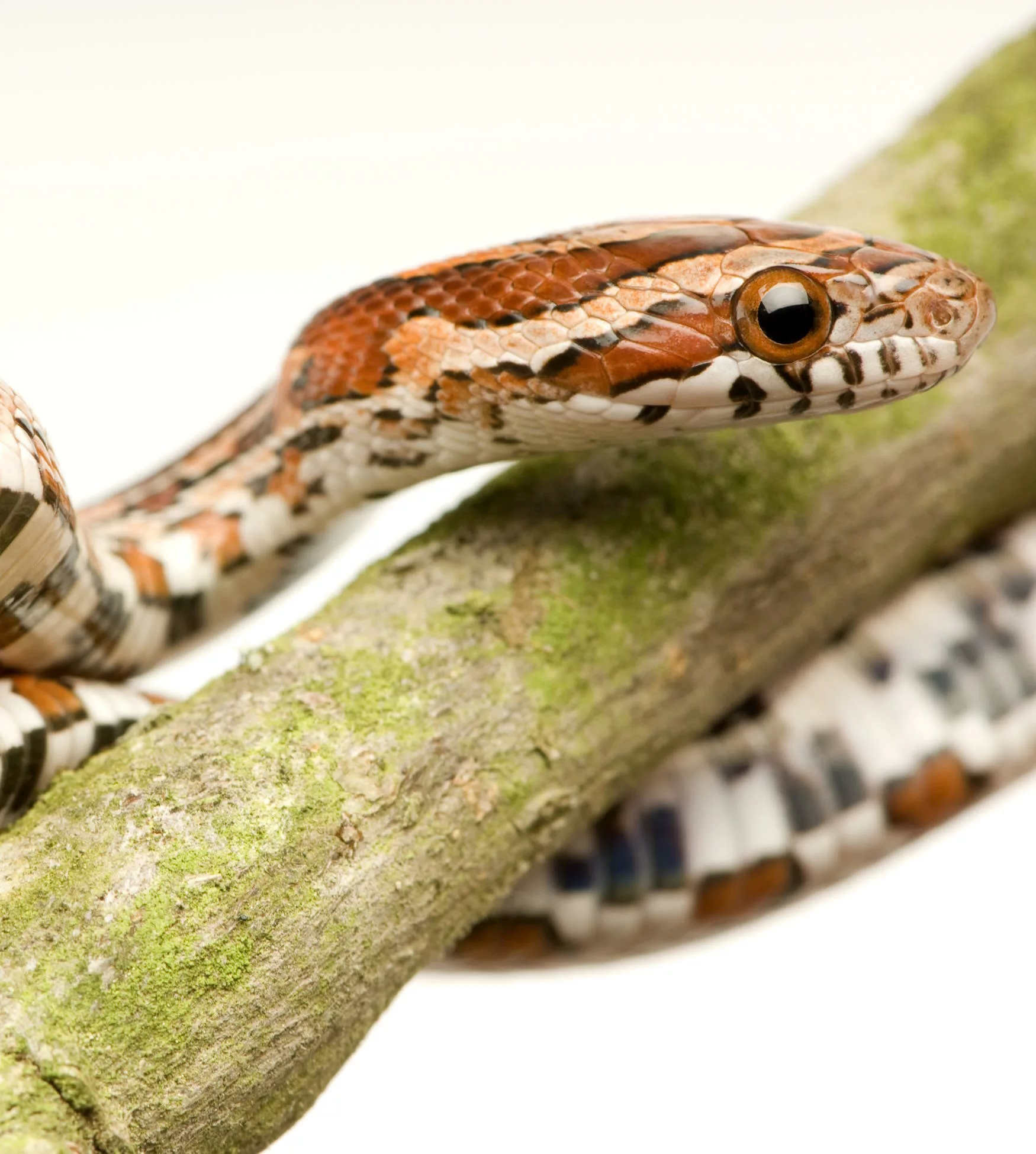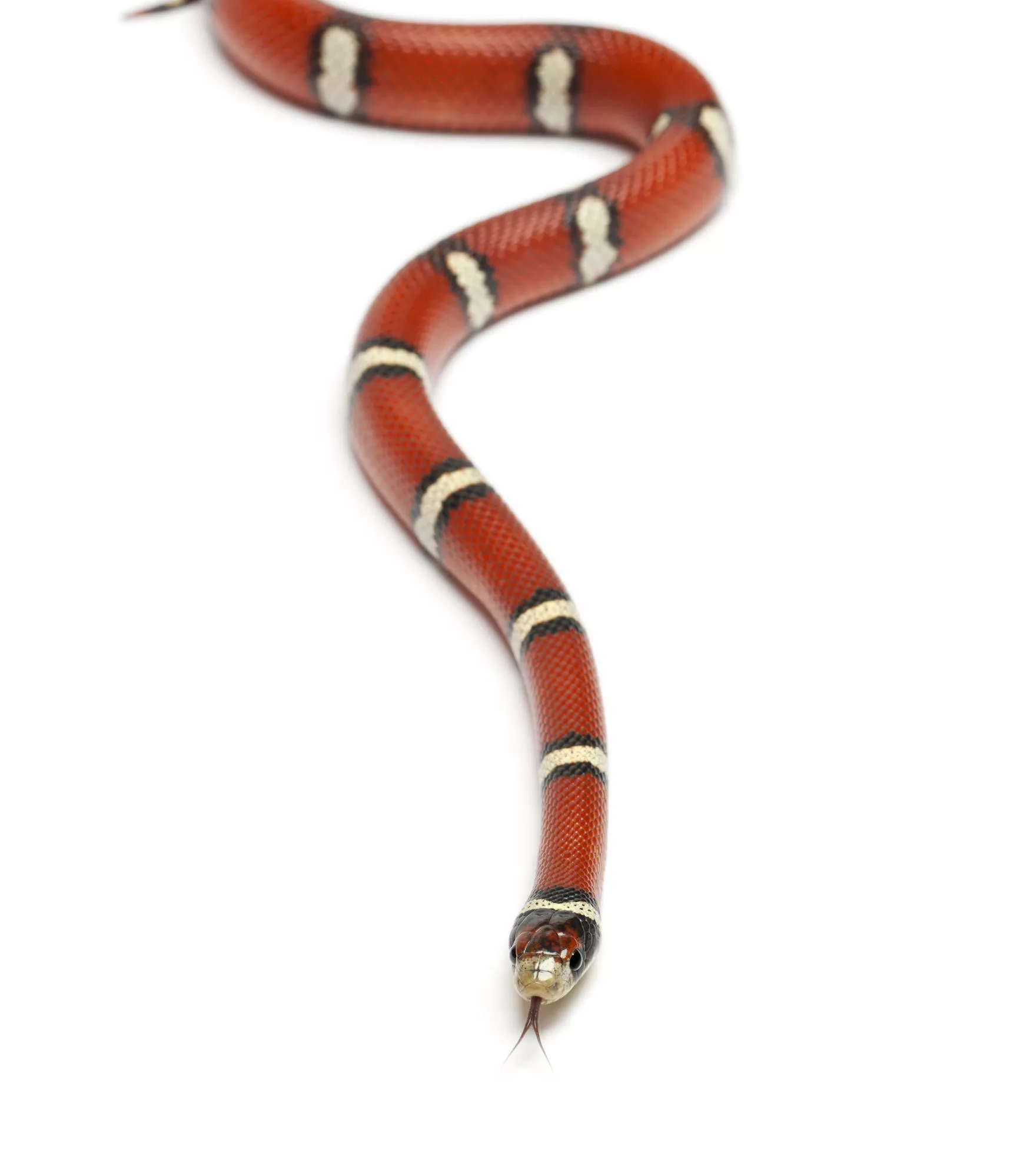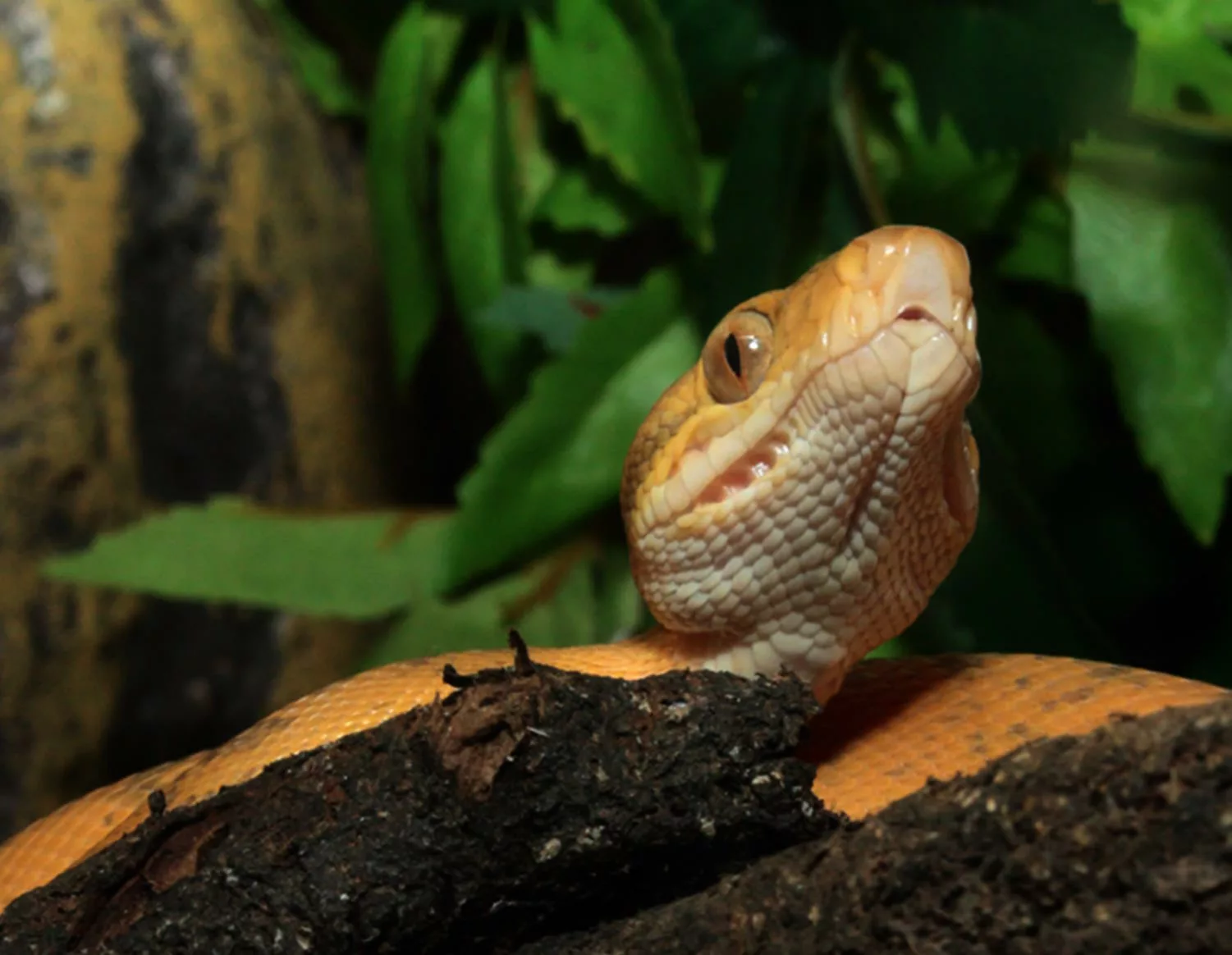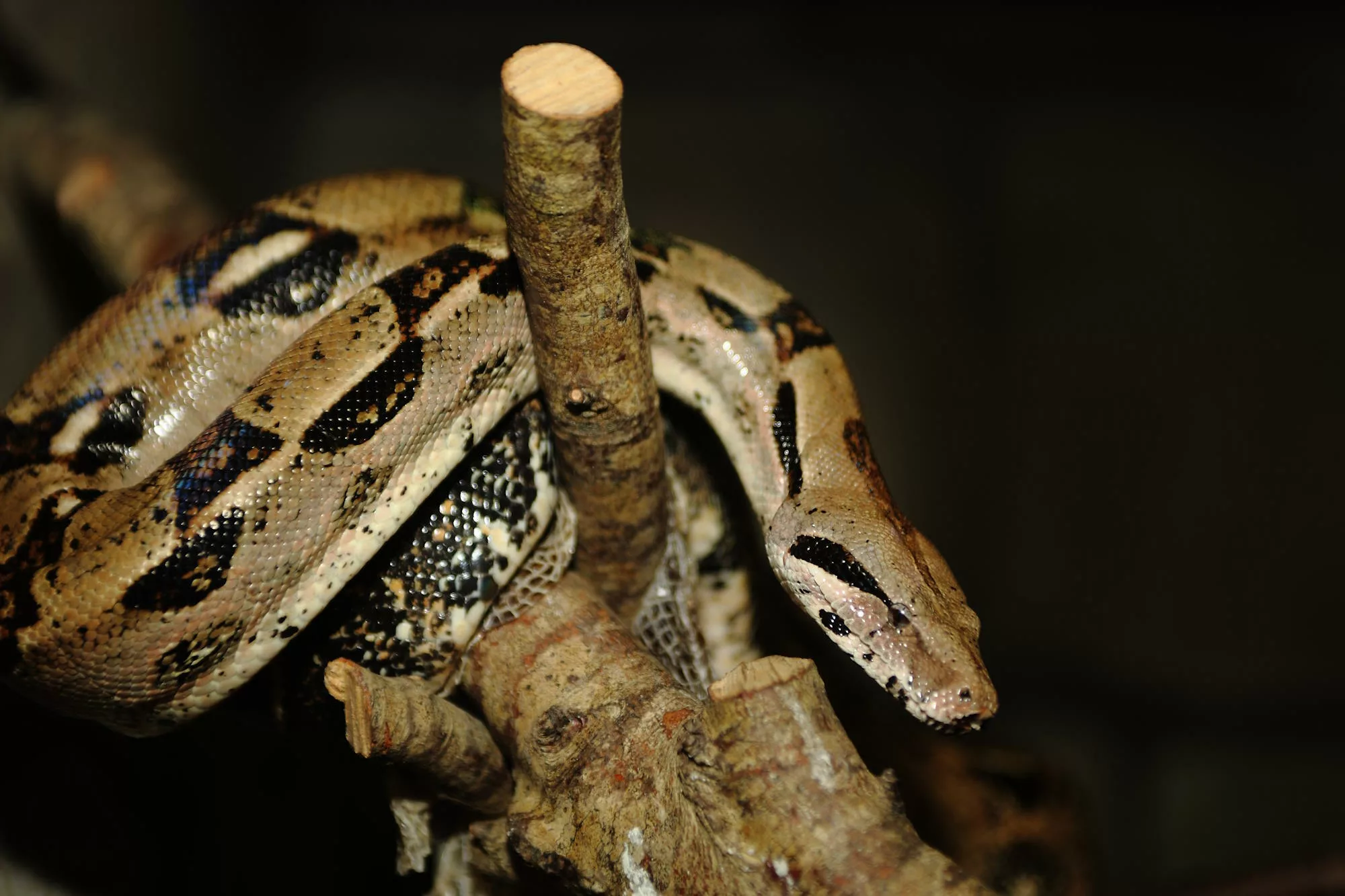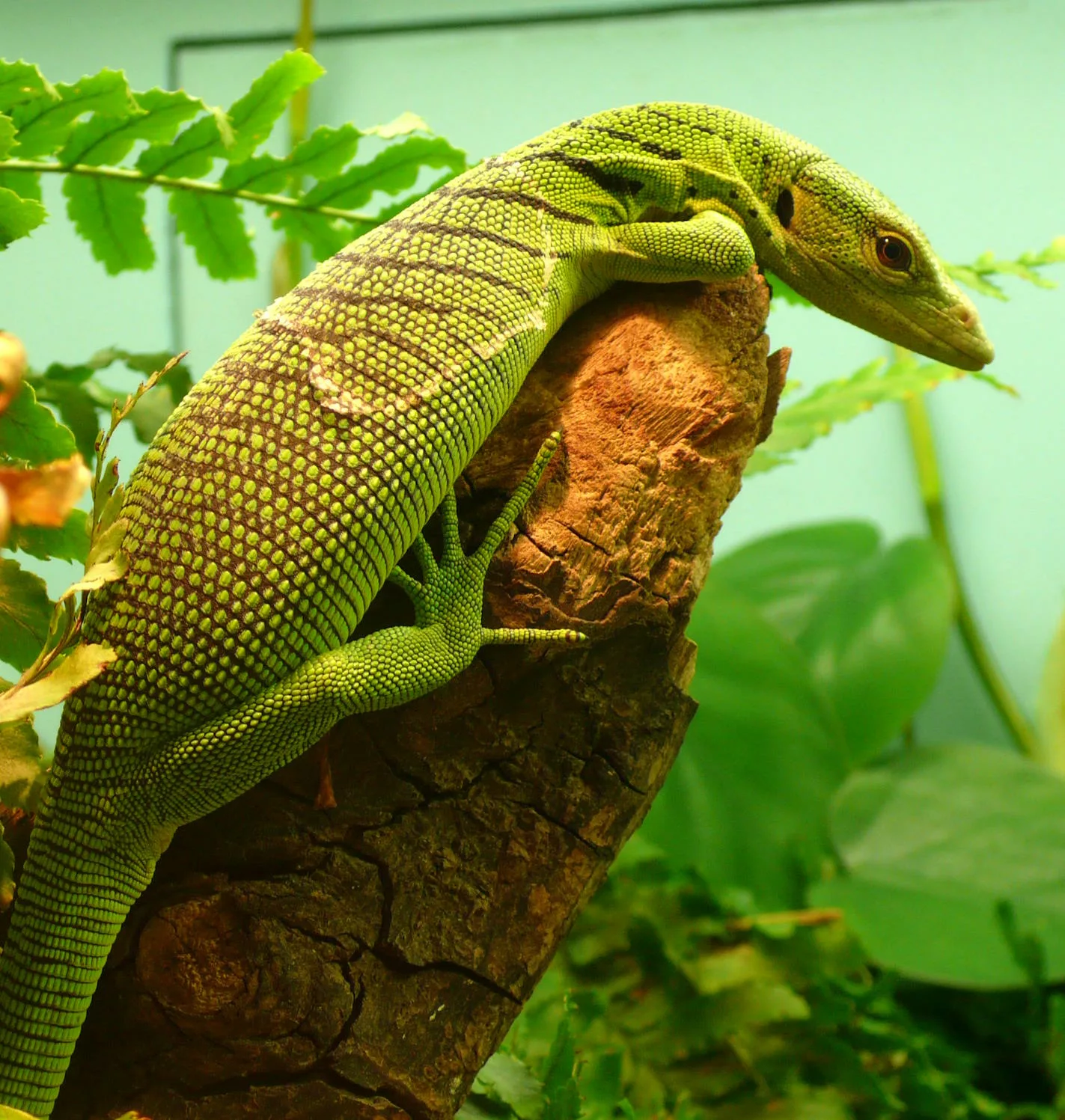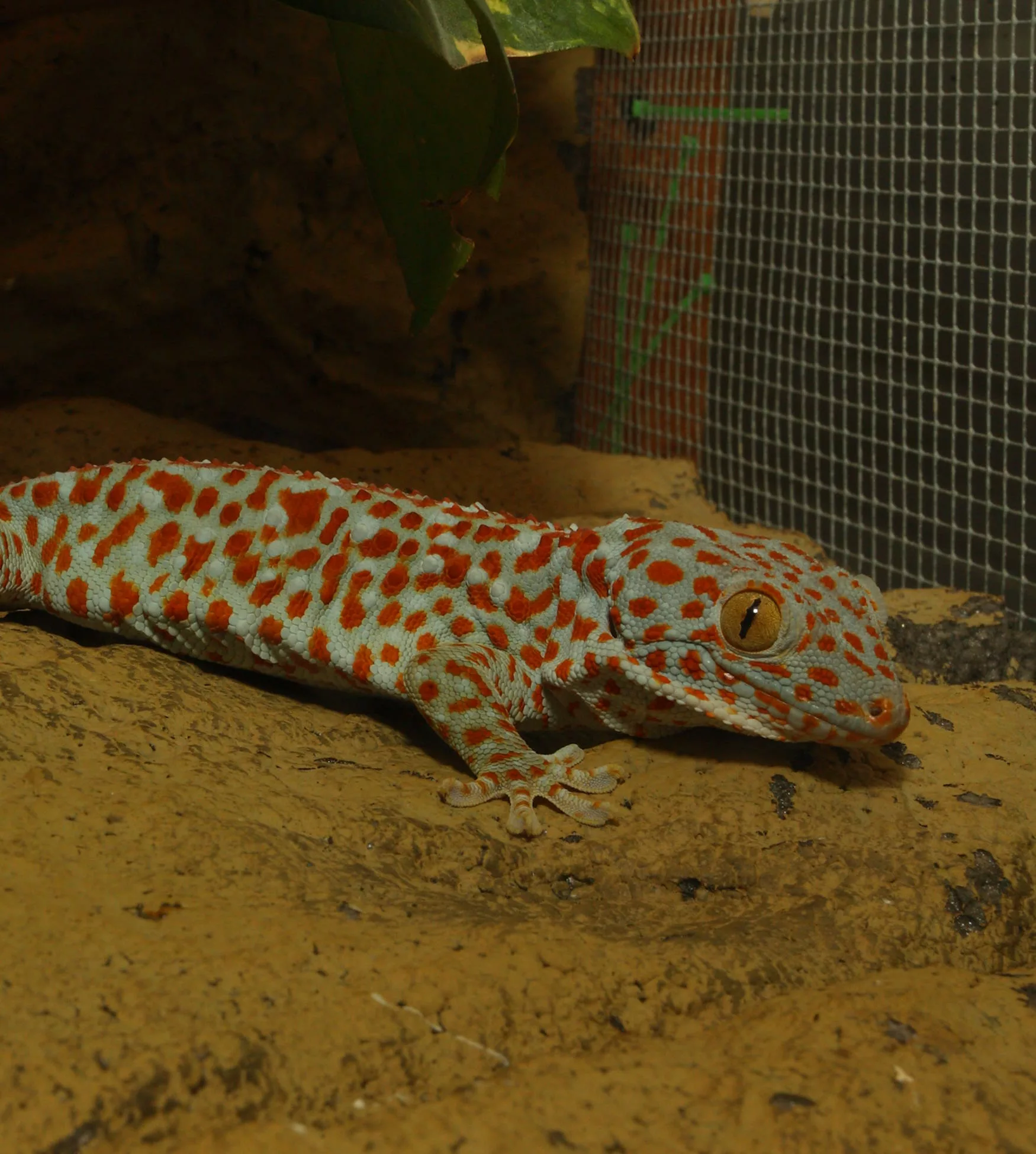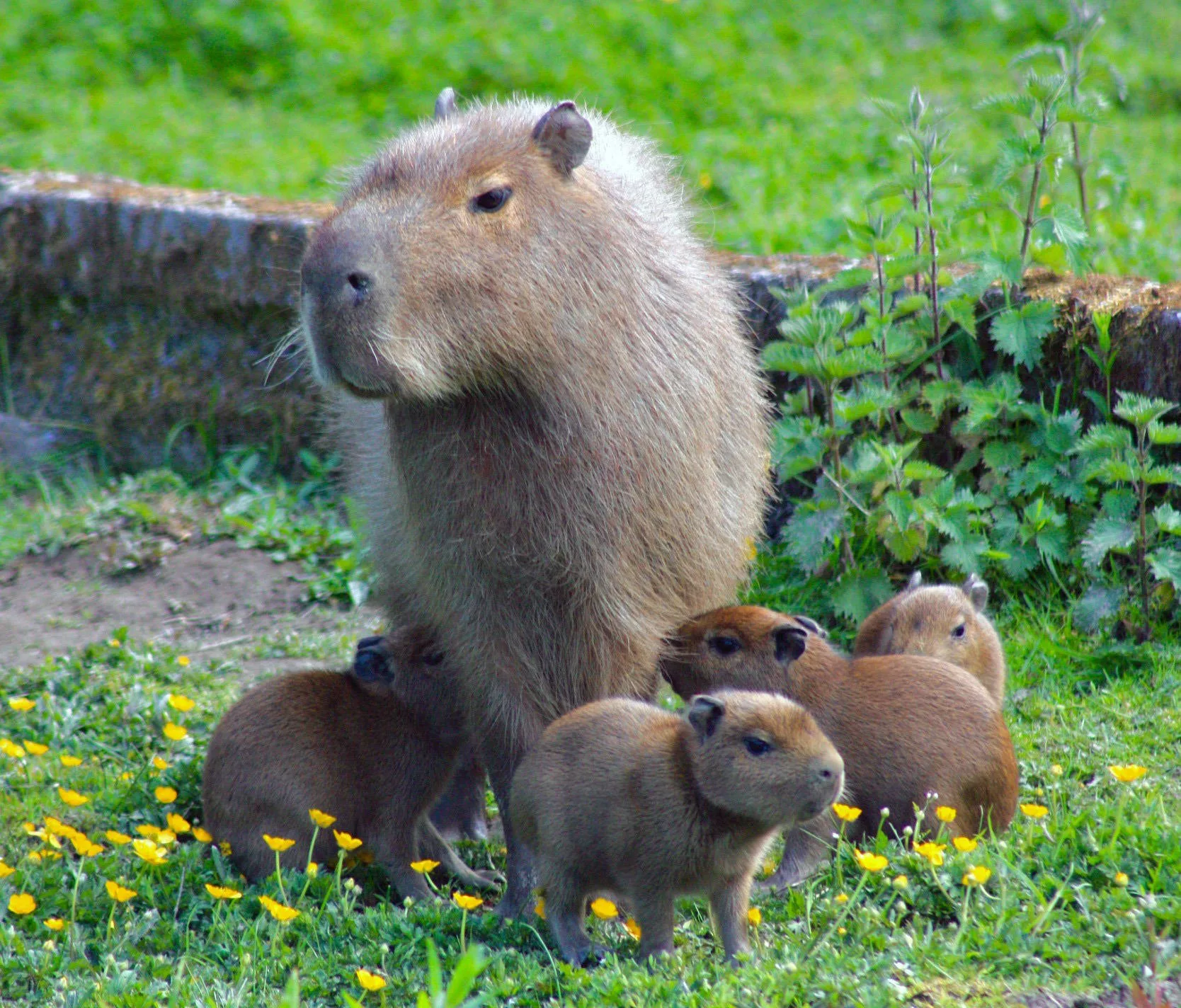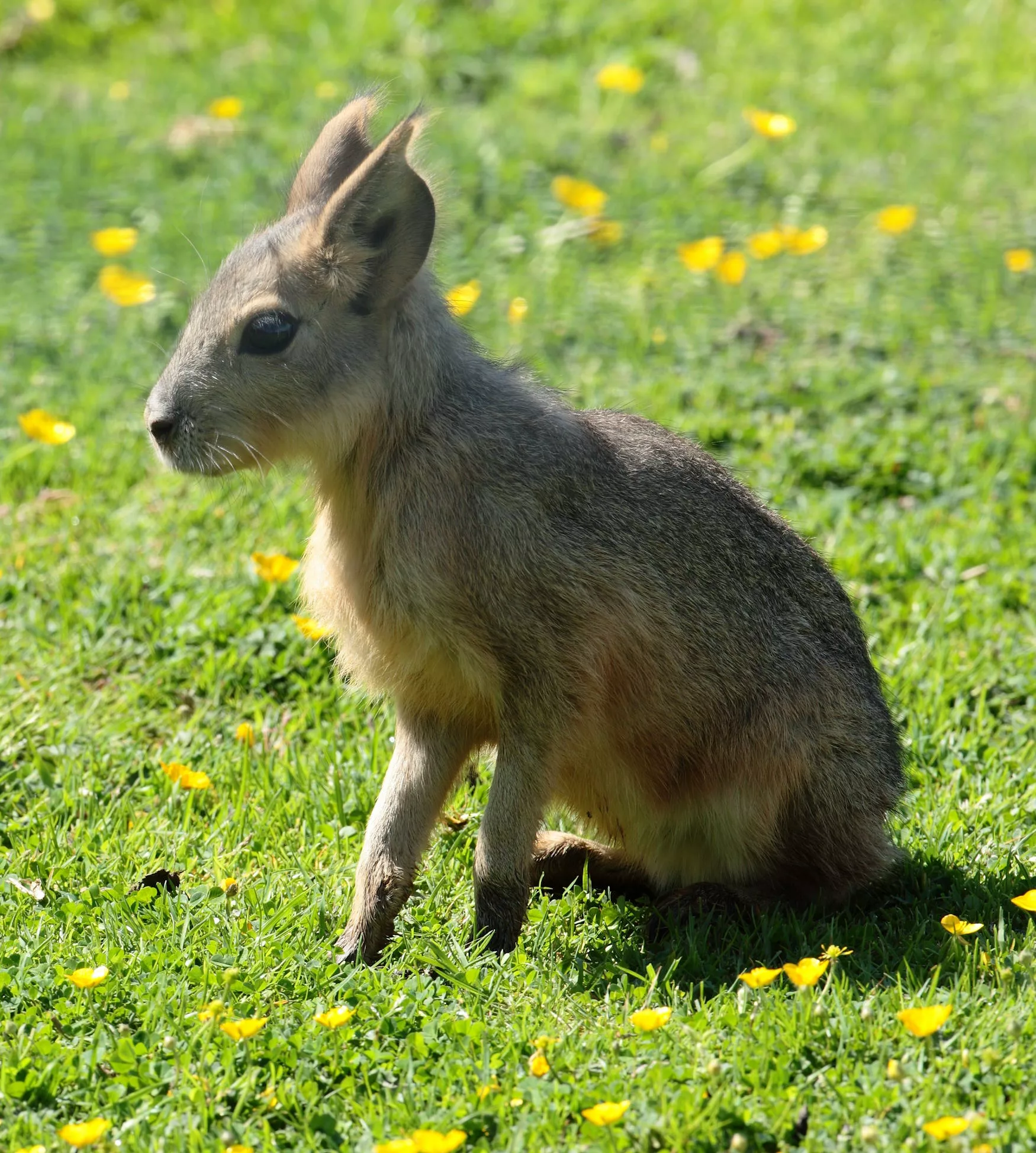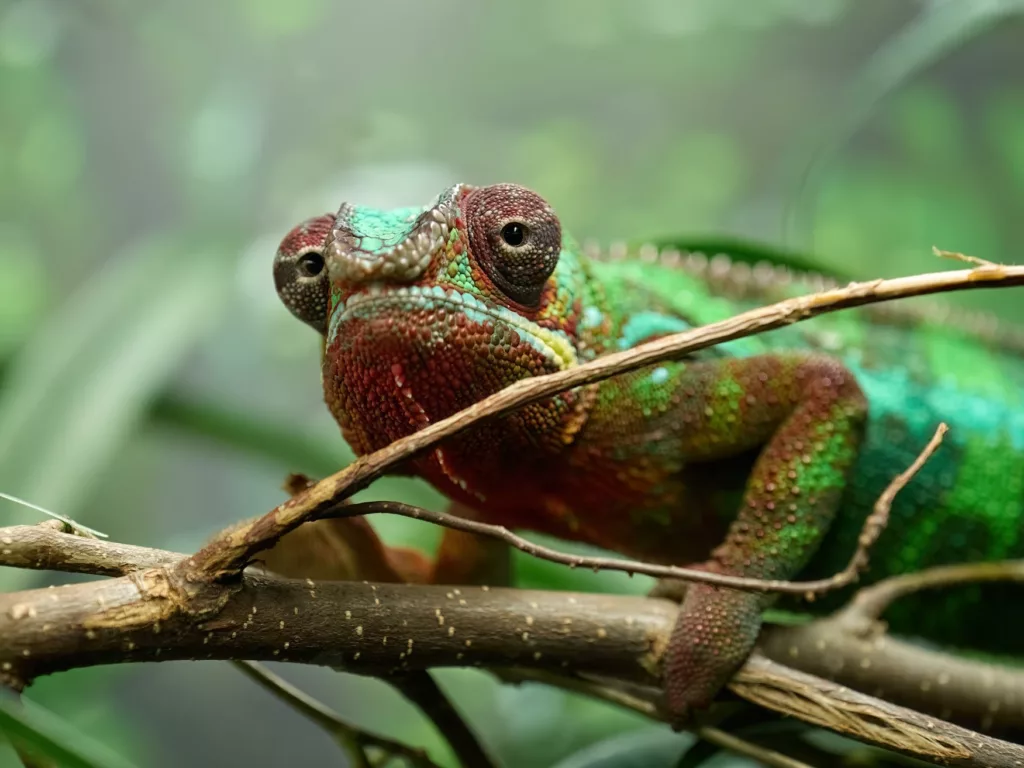
Panther chameleon
Scientific name: Furcifer pardalis
IUCN listed as: Least Concern
Learn before you visit!
Here are some facts about the species – Discover what they eat, find out about their natural habitat, see what they like to do, and more… Set the reading style to suit you too, everyday speak or something aimed towards children.
Child-friendly
Everyday
Diet
Panther Chameleons are carnivorous, primarily feeding on a variety of insects. Their diet includes crickets, locusts, roaches, and occasionally small birds and reptiles. They use their long, sticky tongues to capture prey from a distance. These chameleons are opportunistic feeders and rely on their excellent eyesight to spot and catch their food. Their diet ensures they get the necessary proteins and nutrients to maintain their vibrant colours and energy levels.
Panther Chameleons eat mostly insects like crickets and roaches. They catch their food with their long, sticky tongues. This diet helps them stay strong and colourful. They use their sharp eyes to spot insects from far away.
Breeding
Breeding season for Panther Chameleons typically occurs between January and May. Females lay between 10 to 40 eggs in burrows dug in the soil. The incubation period for these eggs is about 240 days. After hatching, the young chameleons are independent and capable of catching their own food. The stress of laying multiple clutches often reduces the lifespan of females to about 2-3 years post-laying.
These chameleons lay eggs between January and May. Females dig burrows to lay 10 to 40 eggs. The eggs hatch after about 240 days, and the baby chameleons can take care of themselves right away. Female chameleons live for about 2-3 years after laying eggs.
Habitat
Panther Chameleons are native to the eastern and northern parts of Madagascar. They thrive in tropical rainforests, as well as in scrublands and coastal areas. These chameleons are highly adaptable and can also be found in areas with human activity, such as plantations and near roads. Habitat loss due to deforestation and land development poses a significant threat to their populations. Conservation efforts focus on preserving their natural habitats and mitigating the impact of human activities.
Panther Chameleons live in the forests and scrublands of Madagascar. They can also be found near human areas like farms. Their homes are being threatened by deforestation. Protecting their habitats is important for their survival.
At the zoo
In zoos, Panther Chameleons are housed in enclosures that mimic their natural habitats, with plenty of climbing branches and vegetation. Their diet in captivity includes a variety of insects and specially formulated supplements to ensure proper nutrition. Zoos play a vital role in educating the public about chameleon conservation and the importance of habitat protection. Breeding programs in zoos help maintain genetic diversity and support population numbers. These efforts are crucial for sustaining their populations both in captivity and in the wild.
In zoos, Panther Chameleons live in enclosures with lots of branches to climb. They eat insects and special food to stay healthy. Zoos help people learn about chameleons and how to protect them. Breeding programs in zoos help keep their numbers up.
Behaviour
Panther Chameleons are solitary and highly territorial creatures. They are active during the day and spend most of their time hunting and basking in the sun. Males are particularly aggressive towards each other and will change colours and inflate their bodies to assert dominance. These chameleons have a unique way of moving, characterised by a slow, deliberate gait, which helps them remain inconspicuous to predators. Their behaviour and physical adaptations make them well-suited to their arboreal lifestyle.
These chameleons are very territorial and prefer to live alone. They are active during the day and love to bask in the sun. Males often fight by changing colours and puffing up. Their slow movements help them stay hidden from predators.
Fun facts
- Colourful Masters: Panther Chameleons are known for their vibrant colours, which can change based on their mood, temperature, and environment.
- Long Tongues: Their tongues can stretch out longer than their own body length to catch prey.
- Territorial Displays: Males show off bright colours and puff up their bodies to scare away rivals.
- 360-Degree Vision: They can move their eyes independently to look around without moving their heads.
- Adaptive Survivors: They can live in various habitats, including rainforests, scrublands, and even near human settlements.
- Bright Colours: They can change colours to communicate or blend in.
- Tongue Tricks: Their tongues are longer than their bodies and help them catch food.
- Territory Fights: Males use colours to fight off other males.
- All-Around Vision: They can see in all directions without moving their heads.
- Versatile Living: They adapt to different environments, even near people.
More animals to discover at our zoo
Quick Links
Tickets & Prices
You can buy tickets for Exmoor Zoo securely online, as well as finding out more price options, discover offers, and more…
What’s on…
Exmoor Zoo hosts incredible Events all through the year. You can find out about what we’ve got in store here…
Routes & info
Like any great discovery, Exmoor Zoo can feel a little off the beaten path – but don’t worry – you can plan your journey with our recommended routes and other useful travel info.
